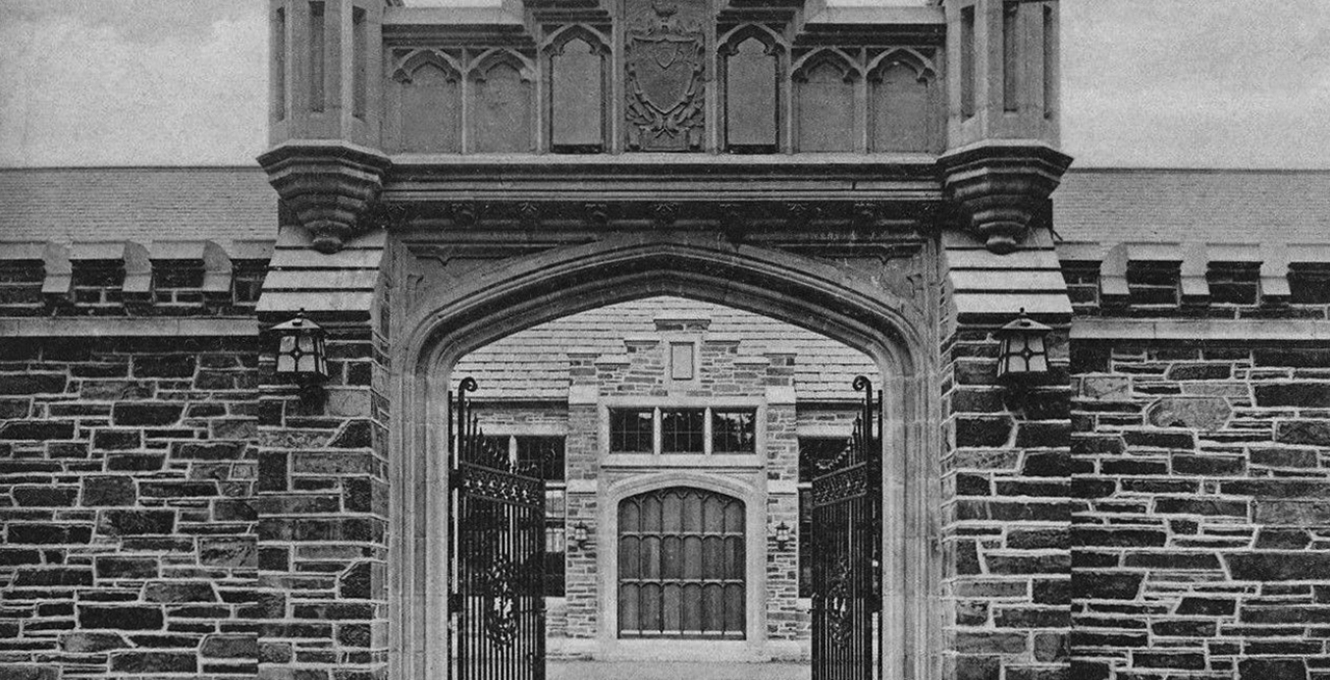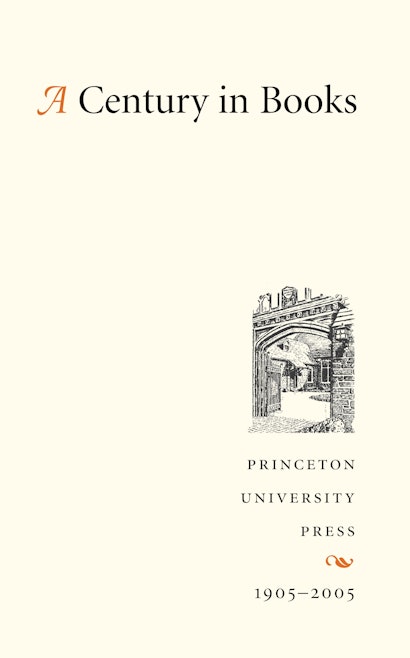Timeline
-
2023
Claudia Goldin, author of Career and Family: Women’s Century-Long Journey toward Equity, is awarded the Nobel Prize in Economics for her research advancing our understanding of women’s work force participation.
Director Christie Henry is awarded the Special Book Award of China. The Prize, which is administered by China’s National Press and Publication Administration, recognizes the work of foreign translators, writers, and publishers in facilitating cultural exchange and awareness between China and other countries.
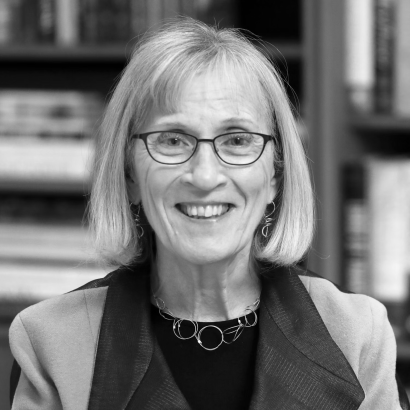
-
2021
The Press launches PUP Speaks, an in-house speakers’ agency, which represents a cohort of PUP authors and to develop new global speaking platforms.
The Press acquires 99 Banbury Road in Oxford, joining an active book and publishing community and increasing space for the further growth of PUP Europe and to host public events for authors and other partners.

-
2020
The Obama Portraits is published in association with the Smithsonian’s National Portrait Gallery, Washington, DC.
Zone Books partners with Princeton University Press for marketing, sales, and distribution of their titles.
The Press is awarded the London Bookfair Excellence Award for an Academic and Professional Publisher, recognizing innovation in global publishing.
-
2019
The Cornell Lab of Ornithology and Wild Nature Press partner with Princeton University Press to produce a wide range of bird books and related products.
Available in 29 languages, On Bullshit by Harry G. Frankfurt becomes the Press’s most translated title, followed by Not for Profit by Martha C. Nussbaum, available in 24 languages.
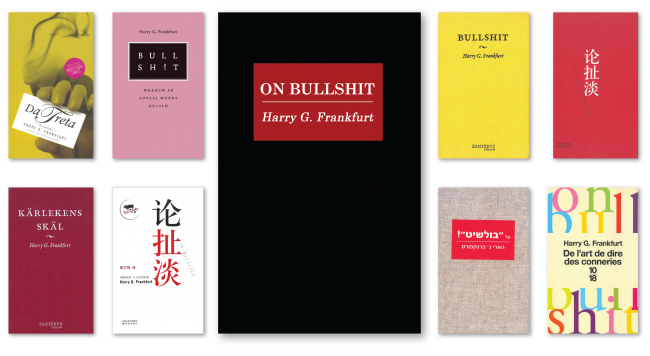
-
2018
Princeton Audio, a new audio division, launches.
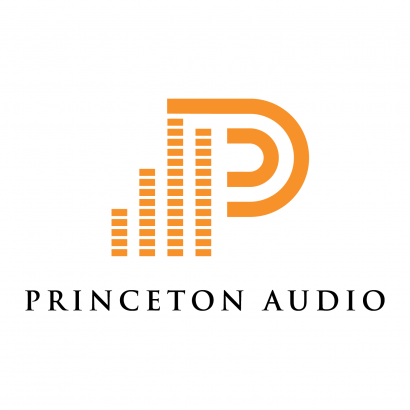
-
2017
The Press opens an office in Beijing, China.
Christie Henry becomes the Press’s ninth—and first female—director.

-
2014
The Digital Einstein Papers—an online platform that provides readers around the world with open access to The Collected Papers—is launched.
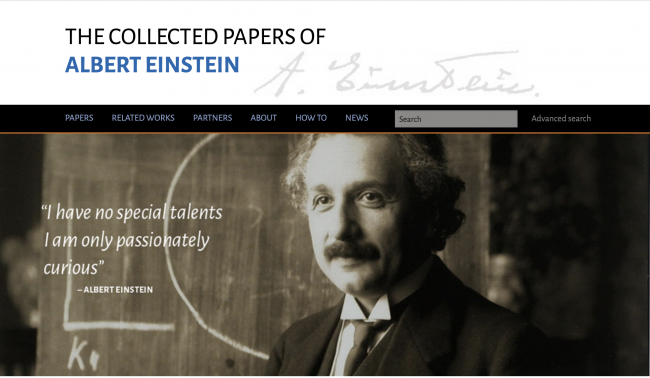
The Digital Einstein Papers is an open-access site for The Collected Papers of Albert Einstein, the ongoing publication of Einstein's massive written legacy comprising more than 30,000 unique documents.
-
2013
The Great Escape by Angus Deaton
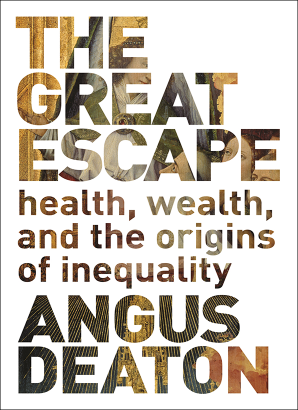
Nobel Prize–winning economist Angus Deaton—one of the foremost experts on economic development and on poverty—tells the remarkable story of how the world has grown healthier, wealthier, but also more unequal over the past two and half centuries.
-
2012
The Press launches Princeton Legacy Library, an initiative that runs through 2019 and uses the latest print on demand technology to bring over 2,700 distinguished back list titles back into print.
Through the Eye of a Needle by Peter Brown
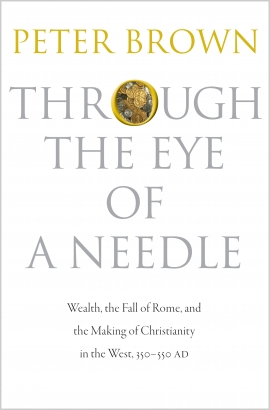
-
2011
The Press expands its digital content, publishing its first app, Mammals of North America.
-
2009
The Poison King by Adrienne Mayor. This book goes on to become a National Book Award finalist.
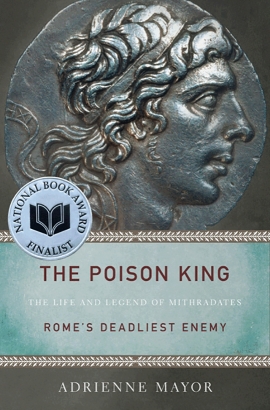
-
2008
The Princeton Companion to Mathematics edited by Timothy Gowers
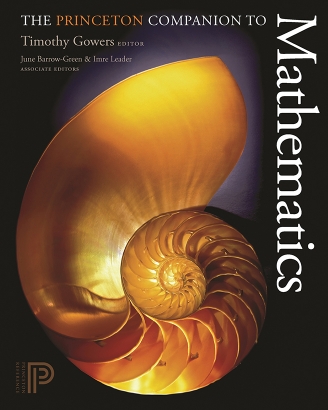
-
2007
The Press launches a new brand identity designed by Chermayeff & Geismar.
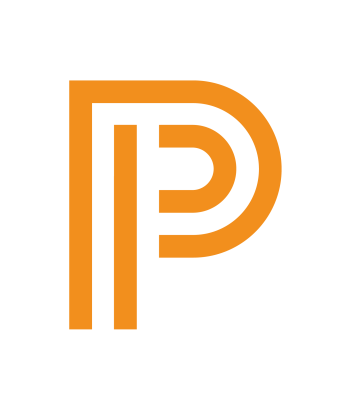
-
2005
Peter J. Dougherty becomes the Press’s eighth director.
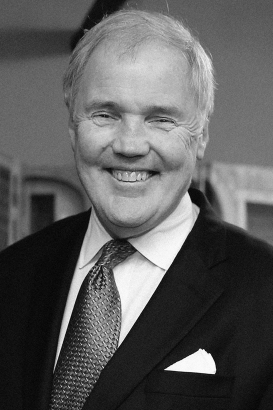
-
2003
Women Don’t Ask by Linda Babcock & Sara Laschever
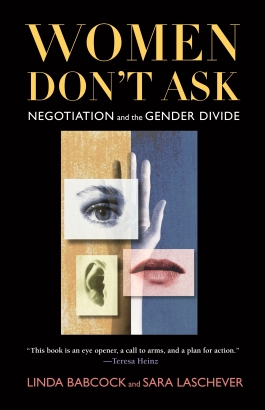
-
2000
The Barrington Atlas of the Greek and Roman World edited by Richard J. A. Talbert
Irrational Exuberance by Robert J. Shiller. This book goes on to become an international best seller.
-
1999
The Press opens a European office in Woodstock, England.
-
1996
The Press sells the Laughlin Building, which had housed the printing plant, the accounting offices, and the book warehouse and shipping department. With these operations housed elsewhere, the selling of the building was the last action ending an era of self‑contained publishing.
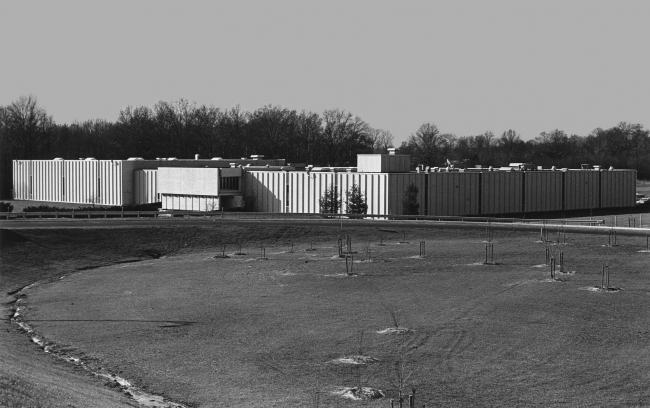
-
1986
Walter H. Lippincott becomes the Press’s seventh director.
-
1977
The Passions and the Interests by Albert O. Hirschman
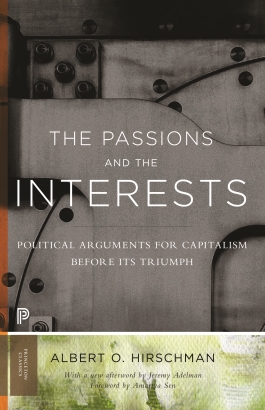
-
1969
Paul Mellon donates the Bollingen series to the Press, bringing notable titles such as The I Ching, Or Book of Changes (which remains the Press’s single bestselling book with more than 900,000 copies in print) and The Collected Works of C. G. Jung.
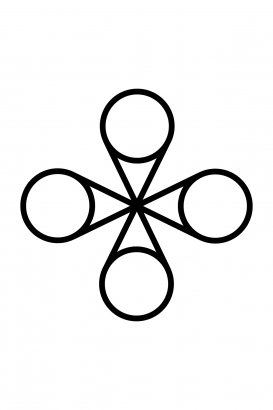
-
1965
The Press builds the Henry A. Laughlin Building, a new 55,000-square-foot printing plant in Lawrenceville, New Jersey, moves its printing operations offsite, modernizes its offices, and launches a paperback publication program.
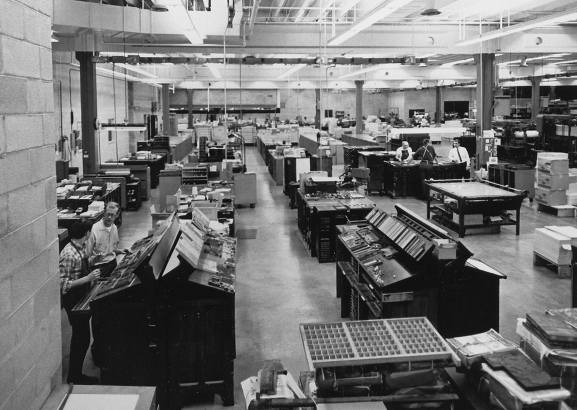
-
1963
A Monetary History of the United States, 1867–1960 by Milton Friedman & Anna Jacobson Schwartz alters the landscape of economic thinking and has an unparalleled impact on economic policy.
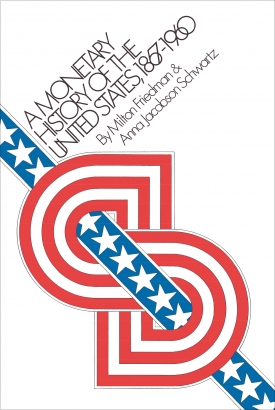
-
1960
Art and Illusion by E. H. Gombrich
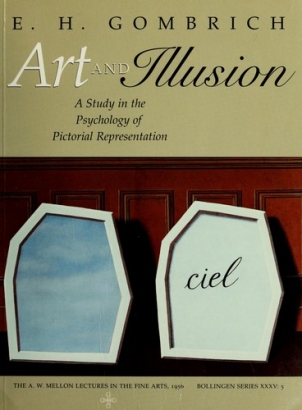
-
1955
P. J. Conkwright, the Press’s chief designer and typographer from 1939 to 1970, becomes an AIGA Medalist.
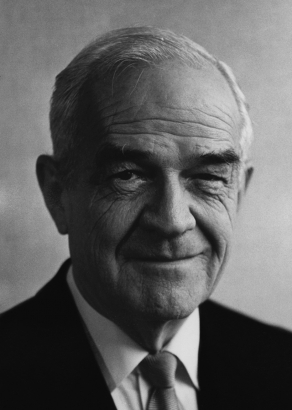
-
1954
Herbert S. Bailey, Jr. becomes the Press’s sixth director.
-
1950
Nietzsche by Walter Kaufmann
In a ceremony at the Library of Congress led by President Harry S. Truman, the Press presents the first volume of The Papers of Thomas Jefferson, a tremendous project conceived by the man who became its first editor, Julian P. Boyd.
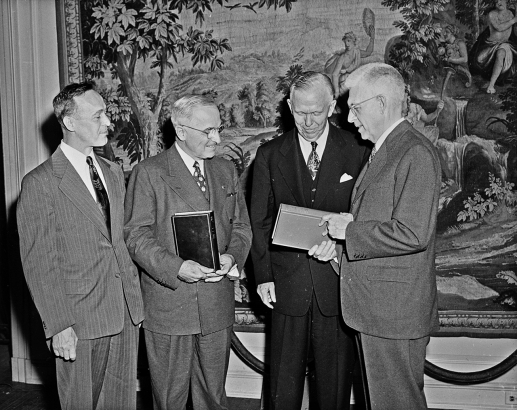
Acting Librarian of Congress Verner W. Clapp (far left), President Harry S. Truman (second from left), and Secretary of State George C. Marshall (second from right) at the Library of Congress, on the occasion of the President’s receiving the first copy of Volume 1 of The Papers of Thomas Jefferson from Harold W. Dodds (far right), president of Princeton University, May 17, 1950. (National Archives)
-
1944
Theory of Games and Economic Behavior by John von Neumann & Oskar Morgenstern. This book introduces a groundbreaking mathematical theory of economic and social organization based on games of strategy, which not only revolutionizes economics but also leads to an entirely new field of scientific inquiry.
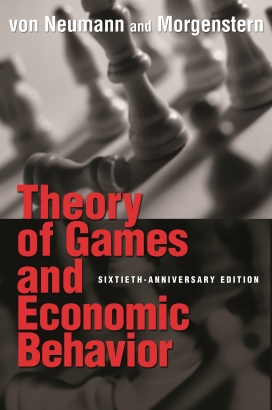
-
1940
And Still the Waters Run by Angie Debo. This book quickly becomes a catalyst for the scholarly exploration of American Indian History.

-
1931
Modern Architecture by Frank Lloyd Wright
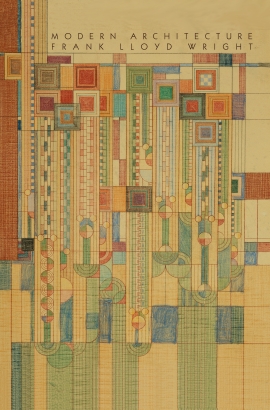
-
1922
The Meaning of Relativity by Albert Einstein. This popularization of Einstein’s theory remains in print to this day. It was also Einstein’s first book published in the United States.
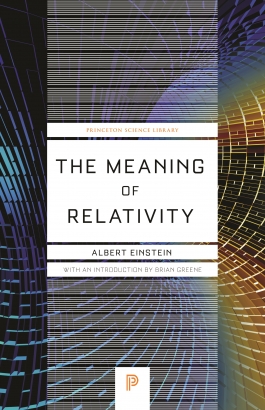
The book is based on the Stafford Little Lectures, which Einstein gave at Princeton while he toured the United States to raise funds for the establishment of a Hebrew University in Palestine. The five lectures constitute an overview of his then controversial theory of general relativity.
-
1918
Wasp Studies Afield by Nellie Rau—the Press’s first female author—and her husband Phil Rau
-
1914
Heredity and Environment in the Development of Men by biologist E. G. Conklin. With the Darwinian controversy still alive, this book becomes the Press’s first best seller.
-
1912
The Press publishes its first book: a new edition of Lectures on Moral Philosophy by John Witherspoon, the eighteenth-century president of Princeton University’s predecessor, the College of New Jersey.
-
1911
The Press occupies its newly constructed, purpose-built building on William Street in Princeton, New Jersey. Designed by architect Ernest Flagg (brother-in-law of Charles Scribner II), the Collegiate Gothic‑style building and courtyard was modeled on the Plantin‑Moretus Museum in Antwerp, Belgium.
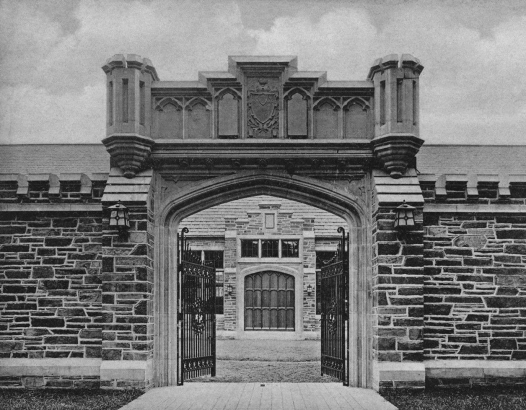
-
1910
Princeton University Press is reincorporated as a nonprofit company.
-
1905
Whitney Darrow, a recent Princeton graduate managing the Alumni Weekly, approaches New York publisher Charles Scribner II with a proposal for the Press. Later that year, Princeton Alumni Press opens as a small printer in rented quarters above Marsh’s drugstore on Nassau Street in Princeton, New Jersey with Darrow as its first director.
